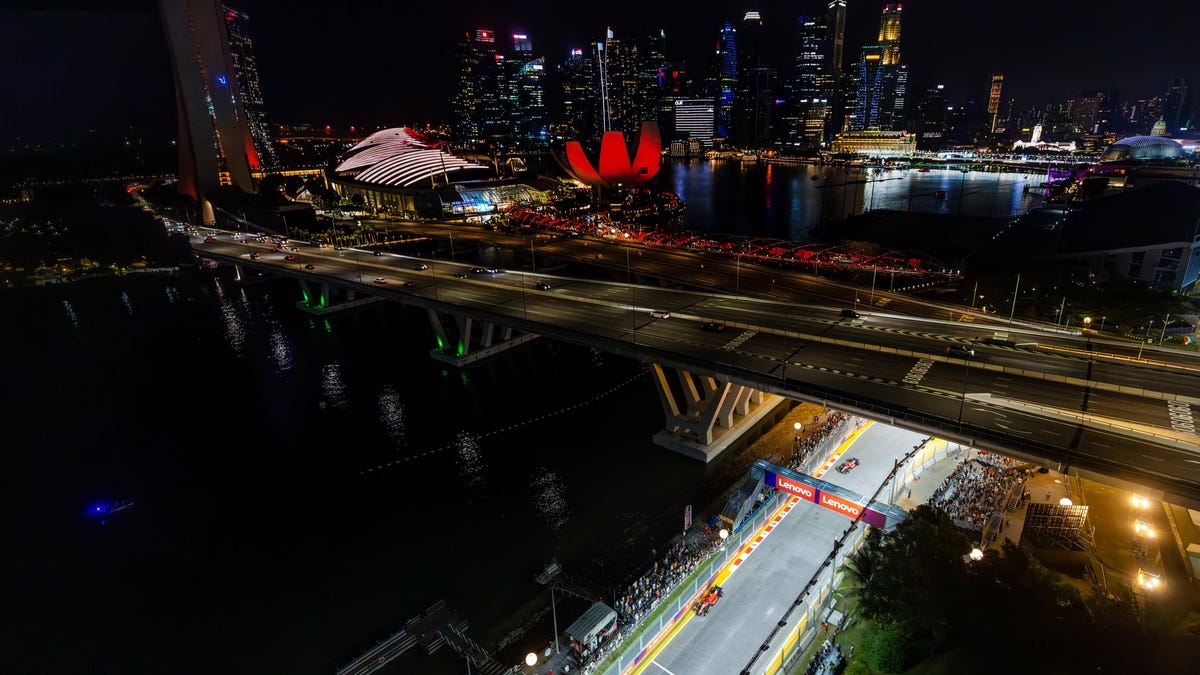- Arvind's Newsletter
- Posts
- Arvind’s Newsletter-Weekend edition
Arvind’s Newsletter-Weekend edition
Issue No #1030
1.Japan to help India cut power sector emissions
Japan International Cooperation Agency (JICA), the country’s development aid agency, is working with India on a roadmap to reduce carbon emissions in the power sector, Saito Mitsunori, the chief representative of the agency’s India Office said.
JICA is also in talks with the central and state governments to fund more projects to improve connectivity with Bangladesh, Nepal and Bhutan, Mitsunori said.
The Japanese agency, one of the largest bilateral funders for India, is financing large infrastructure and connectivity projects like the Mumbai-Ahmedabad Bullet Train project, Mumbai Trans Harbour Link Project, and road connectivity improvement projects in the North-east, apart from projects in water and sanitation, power, forestry, agriculture, health, education and sustainable development goals (SDGs).
“A decarbonization road map (for the power sector) will be formulated by the government with JICA’s support in the coming years," Mitsunori said.
JICA is also working with the Central Electricity Authority to help it with planning policy formulation and terms of the power sector development, apart from funding renewable sector development in the country, he added.
2.Why India Isn’t the New China, opines Megha Mandavia in Wall Street Journal
China’s economy is struggling, but another Asian giant, neighboring India, is suddenly squarely on investors’ and manufacturers’ radar. The first two decades of the 21st century were largely the story of China’s rise. Will the next two be the story of India’s?
There are plenty of reasons for optimism. The country’s population surpassed China’s last year. More than half of Indians are under 25. And at current growth rates, it could become the world’s third-largest economy in less than a decade, having recently overtaken the U.K., its old colonial ruler, for the no. 5 spot. India’s equity market has now seen eight straight years of gains. Worsening trade relations between the West and China only helps its case.
But India’s path forward is likely to look very different—and more challenging—than China’s.
While its labor resources are, in theory, plentiful, a host of barriers still make it difficult to connect workers with employers. That makes it hard for households and companies alike to build up the savings needed for the kind of investment booms that transformed East Asian tigers like Taiwan and South Korea and lifted them out of poverty. Still-high barriers to trade are another problem, especially if India wants to become a gadget assembly hub like China.
That isn’t to say that recent progress hasn’t been impressive, or that it won’t continue. Big electronics assemblers like Foxconn and Pegatron have poured hundreds of millions of dollars into the country, and its share of global exports has risen.
Demographically, India is where China was when its growth was taking off in the 1990s. According to the U.N., almost one-fifth of the world’s 15- to 64-year-olds will be Indian by 2030. India’s age-dependency ratio—a measure of the burden of child and elderly care on households—has fallen to 47 in 2022 from 82 in 1967, according to the World Bank.
Low dependency ratios often help lift savings and investment: Plentiful workers keep labor costs for companies in check while households themselves invest excess income rather than spending it supporting children or parents.
Unfortunately, India has struggled to smooth the path into the labor force—especially for women. Only a third of India’s female working-age population was in the labor force in fiscal year 2022, according to figures from India’s Ministry of Labour and Employment released last year. That is up about 10 percentage points since 2018, but still well below the global average for low-middle income countries of around 50%, and far below China’s 71%.
Moreover, much of the improvement since 2018 is in rural, rather than urban workforce participation—little help for labor-hungry urban factories.
Hefty subsidies for agriculture and rural food aid may be one reason. A lower tolerance for traveling away from home to live and work, compared with China where many female workers live in dormitories, may be another: 45% of women surveyed by the government last year said child care and homemaking duties kept them out of the workforce.
India’s love-hate relationship with trade is another problem. Unlike China, India is a boisterous democracy. People-pleasing protectionist measures are part of the equation. According to the World Trade Organization, India had the among highest import duties globally in 2022, with an average Most Favored Nation (MFN) rate of 18.1%. In comparison, China was at 7.5%, the European Union at 5.1% and the U.S. at 3.3%. Such import restrictions may be cumbersome for manufacturers reliant on importing components to assemble and export their products.
India has been investing heavily in infrastructure in recent years, and the nation’s creaky transport network has improved—for example the average speed of freight trains has increased over 50% in the past two years, and wait time at ports has fallen by 80% since 2015, according to Macquarie. But the government is already highly indebted, which may make continued progress difficult if a big private-sector boom doesn’t lift tax revenues.
India’s public debt load stands at about 85% of GDP—second only to Brazil among emerging economies. Central government capital expenditures will rise to an almost a two-decade high of 3.3% of GDP by the end of this financial year ending 2024. Sustaining that level of infrastructure build will require higher revenues, lower subsidies or a lot more involvement from the private sector.
This all makes it crucial for India to do everything it can to smooth the path for foreign direct investment, especially in manufacturing.
In order for India to punch its geopolitical weight, it needs outside investment to help push the manufacturing sector’s share of GDP up from below 15%, where it has been for years, to somewhere near the official 25% target. But recent signals are mixed. FDI dipped in 2022 and 2023 after hitting record levels in 2020. Read on
3.Boeing’s loss is Airbus’ gain
Airbus has wrested two-thirds of the market from the accidents-hit Boeing. The European aeroplane maker bagged the record of the world’s biggest plane maker for the fifth straight year in 2023.
Despite the lead, the company isn’t celebrating yet. The past few years saw it reeling from a corruption scandal and losses of $1.1 billion. Moreover, Spirit AeroSystems, the company whose fuselage panel blew out in the Alaska Airlines flight, is also a supplier to Airbus.
The world’s biggest aircraft leasing company AerCap has backed Boeing’s management to turn things around. Its CEO, Aengus Kelly, believes focusing on safety will ensure that. Even Indian airline Akasa is backing the company, with an order of 150 jets. PM Modi will inaugurate Boeing’s largest campus outside the US in Bengaluru today.
4.The loss of deep reading: How digital texts impact kids’ comprehension skills, opines a post in BigThink.
Digital reading might be adversely affecting kids' reading comprehension skills, a recently published meta-analysis finds. Digital reading does improve comprehension skills, but the beneficial effect is between six and seven times smaller than that of print reading
Digital texts, such as social media chats and blogs, tend to be much shorter and have worse linguistic quality compared to printed works. Phones and computers also expose readers to distractions from social media, YouTube, and video games.
The authors recommend that parents and teachers limit kids' time with digital content, or at least emphasize printed works or using basic e-readers with ink screens.
5.A rare Singapore corruption scandal has ensnared Formula 1’s Grand Prix.
The September event is still on the books, but resignations and bribery accusations among race authorities are swirling.
Singapore’s transport minister ,S.Iswaran, was charged with corruption and taking bribes. He is accused of having accepted “Hamilton” and soccer tickets, a trip on a private jet and more. He resigned before he pleaded not guilty yesterday.
This unprecedented set of events was a blow to the country’s squeaky-clean reputation. The governing People’s Action Party has faced several accusations of impropriety in recent months, and this new scandal could hurt the party as it heads toward a major transition in 10 months.
6.The Transformative Power of Nature on Children and Society; Richard Louv’s essay in The MIT Press Reader.
“Reconnecting children and nature may be the last cause in America that transcends political, religious, racial, and professional barriers; it brings people to the same table who usually do not want to be in the same room. Again and again, I have seen conservatives and liberals, physicians and educators, conservationists and developers, and many others work together for this cause. No one wants to be in the last generation where it’s considered normal for a child to lay under a tree in the woods."
7.The winner of the Akutagawa Prize, Japan’s most prestigious book award, said about 5% of her winning entry was written with ChatGPT.
Tokyo-to Dojo-to (Sympathy Tower Tokyo), by Rie Kudan, is set in a near future where artificial intelligence is central to society. Judges called it “almost flawless” and “universally enjoyable.” Kudan said at the ceremony that using ChatGPT “unleashing my creativity” sparking a debate over whether it undermined her achievement. Ai Weiwei, the Chinese artist, philosopher, and dissident, said recently that art which can easily be recreated with AI is “meaningless” — although he is himself collaborating with an AI, in a work called Ai vs AI.









